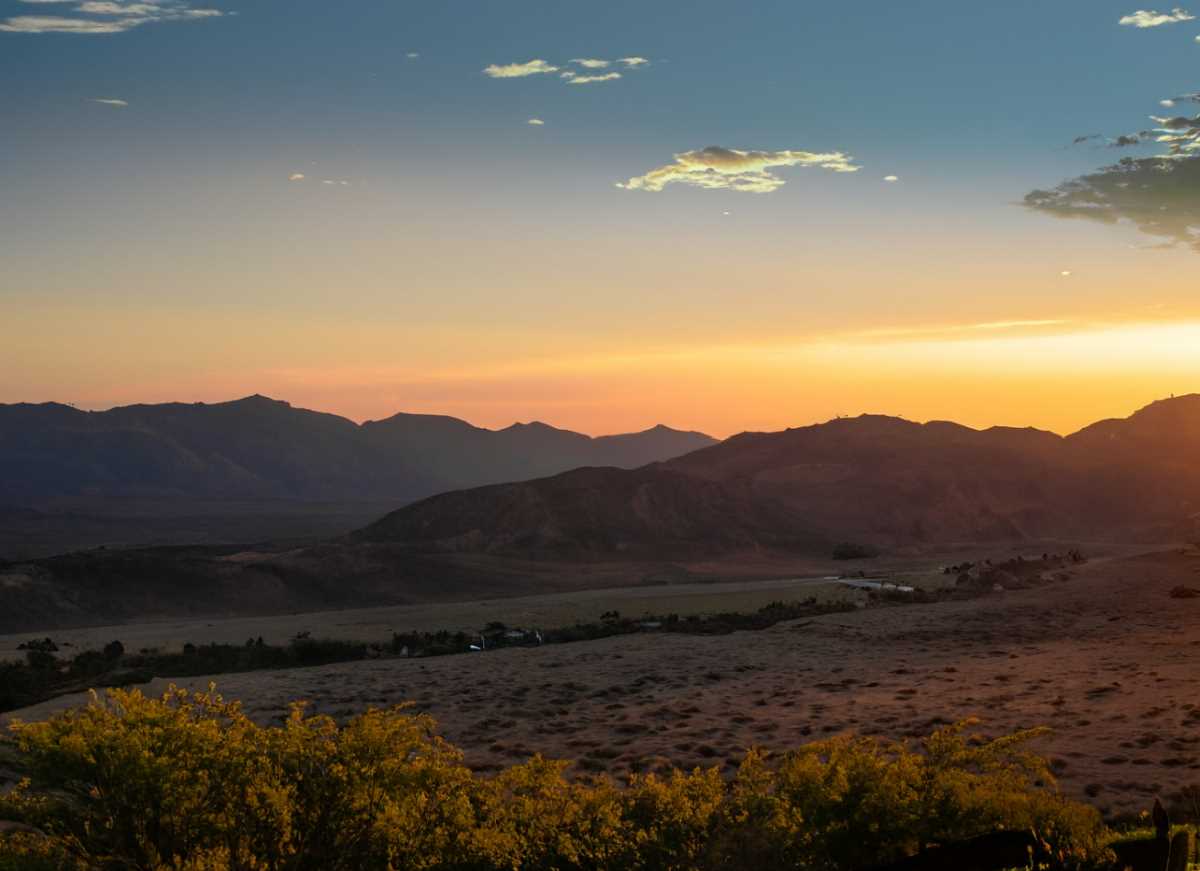Valle de Guadalupe's Tale of Wine, Rebellion, and Legacy
Valle de Guadalupe is a wine region in Baja California, Mexico, often mistaken as Valle de Calafia. Located near Ensenada and Tecate, it thrives with vineyards, olives, and fruit trees. Dominated by agriculture, the valley's economy is boosted by alternative tourism.

Valle de Guadalupe (“Guadalupe Valley”) is a wine region located in the state of Baja California, Mexico. It is also mistakenly known as Valle de Calafia, a name that has been used to promote the products of this region nationally and internationally. The correct name is Valle de Guadalupe, established thanks to the mission that the Franciscans established on one of its plateaus, the Mission of Our Lady of Guadalupe del Norte, which was destroyed by the native natives in approximately.
Valle de Guadalupe is located 25 kilometers north of the city of Ensenada, in the state of Baja California, 85 kilometers south of the city of Tecate and approximately 15 kilometers from the Pacific Ocean. It is adjacent to the cities of Rosarito, Tijuana, and the border with the United States; in an extension of the rocky-mountainous area of Tecate. 353 hectares, on the banks of the Guadalupe Creek and with an elevation above sea level of 1,100 hectares, it includes several zones such as El Porvenir, Francisco Zarco, and the town of San Antonio de Las Minas.




